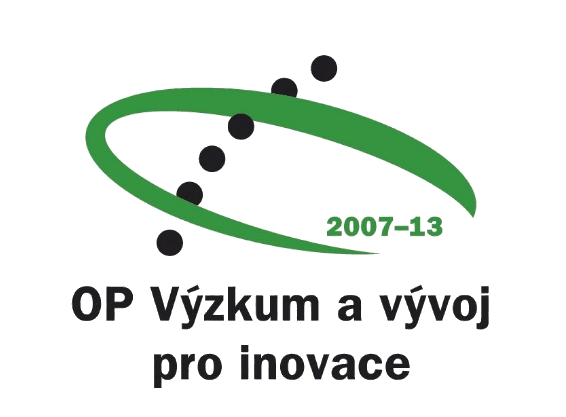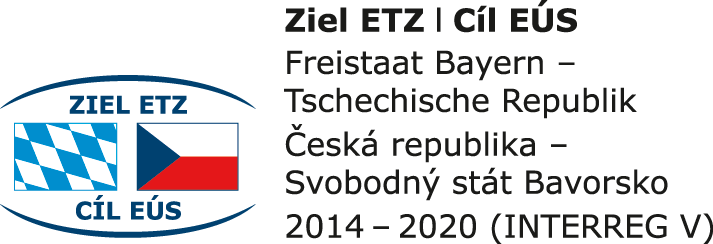
Development coordination disorder in children ? experimental work and data annotation
Developmental coordination disorder (DCD) is described as a motor skill disorder characterized by a marked impairment in the development of motor coordination abilities that significantly interferes with performance of daily activities and/or academic achievement. Since some electrophysiological studies suggest differences between children with/without motor development problems, we prepared an experimental protocol and performed electrophysiological experiments with the aim of making a step toward a possible diagnosis of this disorder using the event-related potentials (ERP) technique. The second aim is to properly annotate the obtained raw data with relevant metadata and promote their long-term sustainability. Results: The data from 32 school children (16 with possible DCD and 16 in the control group) were collected. Each dataset contains raw electroencephalography (EEG) data in the BrainVision format and provides sufficient metadata (such as age, gender, results of the motor test, and hearing thresholds) to allow other researchers to perform analysis. For each experiment, the percentage of ERP trials damaged by blinking artifacts was estimated. Furthermore, ERP trials were averaged across different participants and conditions, and the resulting plots are included in the manuscript. This should help researchers to estimate the usability of individual datasets for analysis. Conclusions: The aim of the whole project is to find out if it is possible to make any conclusions about DCD from EEG data obtained. For the purpose of further analysis, the data were collected and annotated respecting the current outcomes of the International Neuroinformatics Coordinating Facility Program on Standards for Data Sharing, the Task Force on Electrophysiology, and the group developing the Ontology for Experimental Neurophysiology. The data with metadata are stored in the EEG/ERP Portal.







